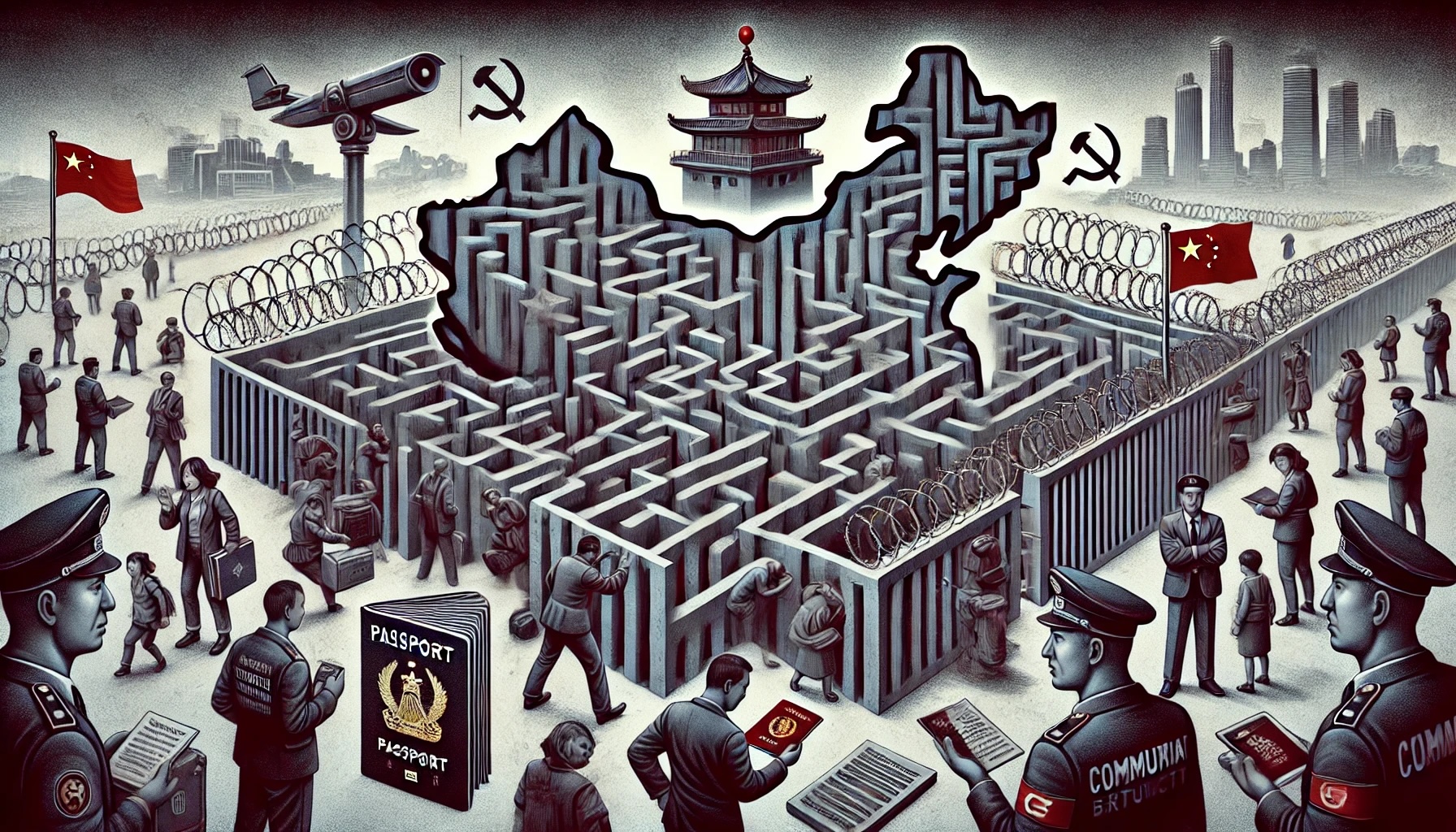Automation and AI technologies threatens current employments in China

China has encouraged automation to address the issue of labour shortage in the wake of shrinking population but it is now turning out to be a double-edged sword, threatening the jobs of existing workers. Following the encouragement to automation and the recent launch of DeepSeek AI model, there are reports of planned layoff in China by companies as automation takes over repetitive tasks. The shift toward automations has put low-skilled workers under tremendous pressure while the migrant workers would be the most impacted.
Robot adoption has caused a decline in employment and wages in China, influencing workers’ training and retirement decisions, said Yi Lu, Chair Professor of the PBS School of Finance at the Beijing-based Tsinghua University. China’s ambition is to position itself as a global leader in robotics. Automation is viewed as a crucial strategy to address rising labour costs, demographic aging, and intensified global competition. Nonetheless, the implications for millions of Chinese workers could be severe, as approximately 77 percent of Chinese jobs face high susceptibility to automation,” Lu said.
About 7.4 million jobs were lost in the China’s manufacturing sector during 2011-2023. China is facing the same crisis which was witnessed by the developed countries during the Chinese manufacturing went full throttle due to huge labour resources, said Frederic Neumann, Chief Asia Economist at HSBC. “The advantages that once helped China dominate are gradually eroding due to both domestic and external factors. High-tech production requires machines, robots, and automation, not millions of manual laborers. You won’t be able to employ as many people as before, that’s for sure," he said.
There is a rise in the protests in the manufacturing sector as the growing automation is fuelling social unrest. “The future is bleak and hopeless if we continue like this. It would be difficult to return to how it was before,” said Zhou Yousheng, a shoe factory worker. The shoe factory had over 100 workers earlier but now less than 20 are working now, Zhou said.
Since robots and digital-savvy technicians now can operate operations events in real-time via a digital panel accessible from anywhere, the work which was used to be done by 20 people is now done by just four, said Xu Nian’en, a Director at Midea, a microwave manufacturing company.
China has made heavy investment in robotics in the recent years. It had had 276,000 units installed in just one year, according to the World Robotics 2024 Report by International Federation of Robotics (IFR). This meant China represented 51 percent of the global market. The robots and automation are going to have most negative impact on migrant workers with little education. “Massive automation is causing job losses in ways that might not be easy to counter,” development economist Scott Rozelle.
Osea Giuntella, Associate Professor of Economics at the University of Pittsburgh. “Where robot adoption is higher, there is a reduction in the influx of workers from migrant areas,” said Giuntella. He wrote a paper on the labour response to automation in China for the National Bureau of Economic Research. The paper warned that about 77 percent of Chinese jobs were highly susceptible to automation. “Automation technologies such as robots can affect the prospects of hundreds of millions of Chinese workers in manufacturing and other sectors exposed to these technologies,” reads the paper.
National People’s Congress representative Liu Qingfeng has sought a protection in the form of dedicated insurance to protect jobs amid potential disruptions due to AI and automation. “China should pilot a special AI-unemployment insurance programme, adopting a government-led, commercially operated model. A dedicated fund to protect jobs most vulnerable to AI disruption while encouraging insurers to develop commercial AI unemployment products,” Qingfeng said.
While the policymakers in China have not taken any apparent measures to address the issue of automation displacing workers, the negative consequences are well-acknowledged. “We are also fully aware that with the development of the current tech industry . . . there is a possibility of increased unemployment within traditional industries,” said a person familiar with officials’ thinking.
PwC, a global professional services firm, has advised Beijing to take measures to reduce negative impact on jobs and income equality as the automation and other AI related technologies would cause
great disruption to existing business models in all parts of the Chinese economy. “We estimate that AI and related technologies, such as robots, drones and autonomous vehicles could displace around 26 percent of existing jobs in China over the next two decades,” it said.




![From Kathmandu to the World: How Excel Students Are Winning Big [Admission Open]](https://nepalaaja.com/img/70194/medium/excel-college-info-eng-nep-2342.jpg)
